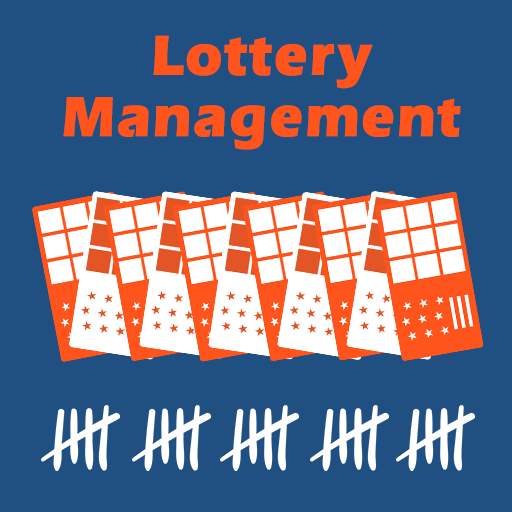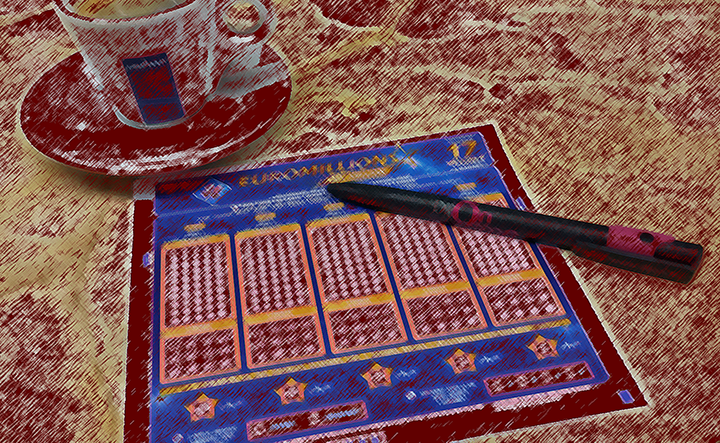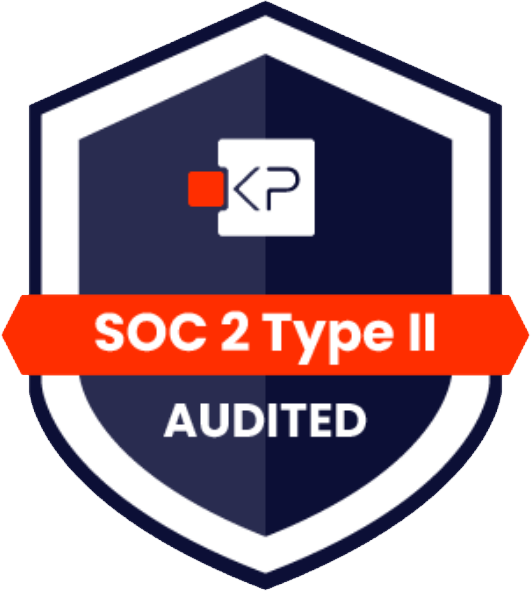Scratching Out a Healthy Profit
Lottery tickets sustain a recurring customer base, but possess notoriously thin margins. Don’t worry. Automation can help.
Returning customers are always a convenience store priority. As more and more stores find that becoming a neighborhood hub with a recurring clientele is a profitable strategy (as shown in past blog profiles on SSCS customers, The Dug Out and Short Stop), managing lottery scratchers has never been more important.
That’s because when it comes to getting customers through your doors again…and again…and again…nothing beats the simple, but effective, lottery scratcher. The point was driven home recently after one of our quality assurance professionals took the time to go out in the field to observe lotto procedures (or lack of them) at some client sites—a spot check to make sure SSCS software evolves to stay abreast of the needs of our customers.
For something so integral to keeping regulars churning through a convenience store, handling lottery is a lot of work, and considering the notoriously thin margins of the tickets, allows little room for error.
Even in this day and age, a surprising number of operators handle their tickets manually. It’s a risky strategy—constant, time-consuming, prone to inaccuracies, and vulnerable to theft, as it’s easy for the unscrupulous to slip a few tickets in their pocket while fudging the count.
“There’s a lot of math involved,” notes our QA Specialist. “You’ve got clerks checking tickets in, selling them, and then trying to tally and reconcile them, surrounded by the hectic daily activity of the c-store, made worse by the fact that they are usually doing the calculations at shift close. It’s not an environment that promotes record-keeping accuracy.”
Faced with calculations-based challenges, it’s not surprising that leading c-store operators have turned to automation to help them. “Fast math” is at the core of every computer’s utility, and the many handheld devices on the market with built in scanners make it easier and more accurate to scan in bulk deliveries of tickets (activating them in the process) and “scan out” each ticket as it is sold at the POS.
A suitable lottery application combines a handheld device working in concert with a POS and computerized back office. That way an operator can keep an electronic record for the life of the lottery ticket, caught in digital form, and tracked. Counts are locked down by technology. Operators know when it is time to replenish with up-to-date counts. “Fudging” by employees becomes a thing of the past.
In fact technology has developed to the point where it has become possible to identify who was handling the tickets and when, an electronic record that adds much needed transparency to the lottery process. If there is a time factor involved because the tickets expire in a certain date span, an electronic record can serve as an effective reminder of a looming deadline.
The best lottery systems include reports that provide short-term views and long-term views of ticket sales patterns. Reporting based on accurate digital counts by bin # provides fringe benefits like understanding what games are popular and which are not, as well as providing documentation should issues arise and communication need to be facilitated with the commission or any other interested party.
Automation should make life easier, and convenience store operators are no exception. If you’re looking for a better way to control and manage your lottery scratchers, the right kind of automation is integral to preserving the width of your perilously thin lottery margins, while you provide seamless fast service to the diehard players that come to spend money in your store every day.










Leave A Comment